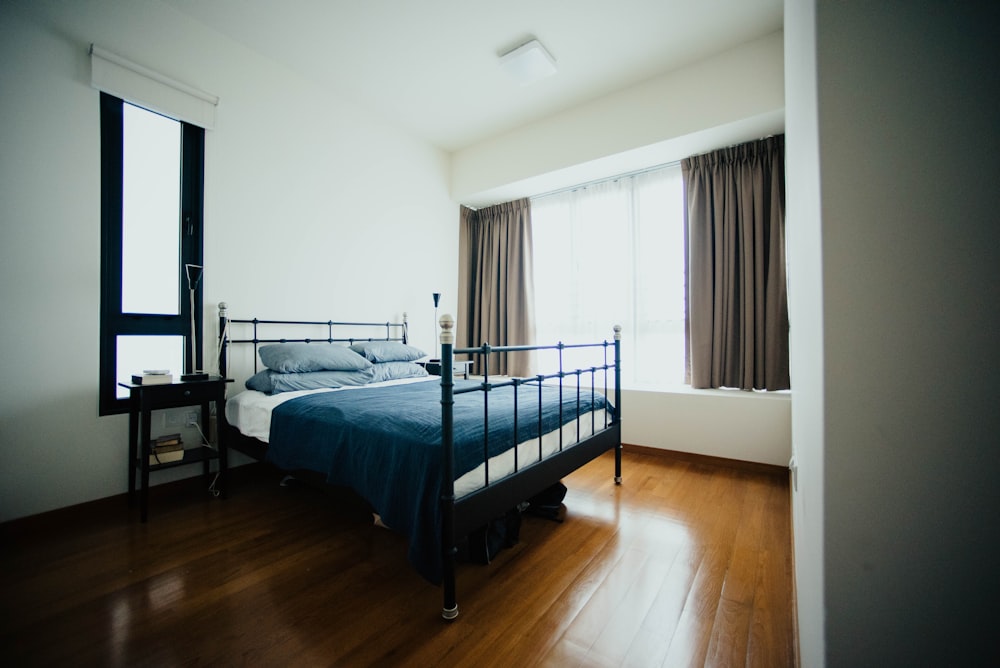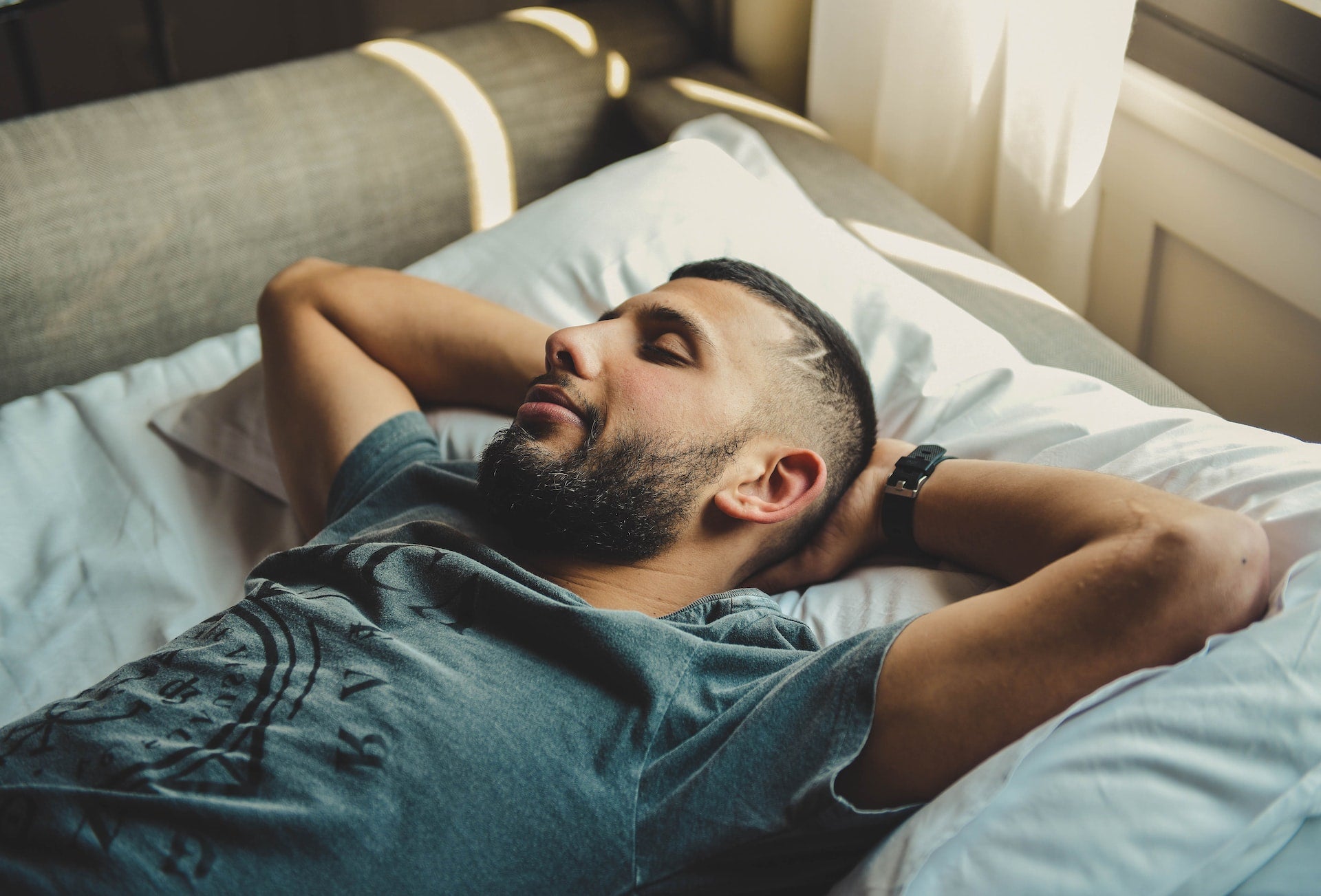While there are many factors that can increase your risk for developing obstructive sleep apnea, the way you sleep can directly influence the severity of your condition. In particular, sleeping on one’s back has been found to make sleep apnea symptoms much more severe — while in contrast, sleeping on your side can reduce snoring and the number of breathing disruptions you experience during the night.
Here’s a closer look at why you should try to sleep on your side instead of your back if you have obstructive sleep apnea or are at risk of developing it.
How Sleeping on Your Back Contributes to Sleep Apnea Symptoms

According to The Sleep Foundation, over half of people with obstructive sleep apnea “experience more severe symptoms when they sleep on their back.” This means that sleep disruptions become far more frequent than if you slept on your side or stomach — further reducing overall sleep quality.
Gravity is the easiest way to describe why sleeping on your back can be problematic when you have sleep apnea. The effects of gravity will pull the soft tissues around your throat down when sleeping on your back, which increases the likelihood that they will cause airway blockages during sleep and worsen snoring.
In addition, in an interview with U.S. News & World Report, Dr. Julia Pfaff explains that there is a “change in the structural integrity in the back of the throat when lying supine [on your back], making it much easier for the tongue to fall back into the airway and cause obstruction. It also often results in the jaw falling open, which makes it easier for the tongue to obstruct the airway.”
On the other hand, if you were sleeping on your side (or even your stomach), gravity would cause your soft tissues and tongue to fall forward or to the side, reducing the risk of experiencing a blockage during the night. Sleeping on the right side, in particular, has been found to be the most effective at reducing obstructive sleep apnea symptoms.
Interestingly, sleeping on your side has also been linked to reducing the severity of central sleep apnea — possibly because of how it affects lung capacity and the way the brain signals the body to control its breathing rate.
This doesn’t mean that back sleeping is universally bad. Sleeping on your back is considered good for your spinal adjustment, and can help prevent the neck and shoulder pain that sometimes result from other sleep positions. Sleeping on your back with your head in an elevated position can also reduce nightly heartburn and acid reflux, which can disrupt sleep in their own right.
Tricks to Avoid Sleeping on Your Back

While you can’t fully control the position you sleep in, there are a few tricks that can keep you from spending as much time on your back. For patients with relatively mild sleep apnea, implementing such tricks could be enough to mitigate their sleep disruptions entirely.
As Caitlin West writes for Neurology Today, “Those with milder cases may find solutions with alternative methods. And sometimes that requires little more than using a new pillow or changing the position in which they sleep. Elevating their head while they sleep can help some patients, while placing a wedge pillow behind their back as they lay on their side can keep patients from rolling onto their backs […] Back-sleepers also could try wearing a T-shirt that comes with pockets in which they insert a tennis ball, which makes it physically uncomfortable to sleep on their back, so they don't tend to stay in that position for very long.”
The past few years have also seen the introduction of positional sleep therapy devices, which strap to the user’s chest and then gently vibrate to get them to change sleep positions when they shift onto their back.
It should be noted, however, that these tricks aren’t necessarily a replacement for CPAP therapy. This is especially true if you have more severe obstructive sleep apnea. While sleeping on your side instead of your back can reduce the number of sleep interruptions you experience during the night, it may not be enough to eliminate them entirely.
Still, there is much to be said for making an effort to sleep on your side instead of your back. While this may require a bit of getting used to (just like wearing a CPAP mask), it can ultimately lead to higher-quality sleep. Make sure that your mattress offers adequate support for side sleeping so you can rest comfortably throughout the night.
Get the Quality Sleep You Need!
No matter what sleep position you find most comfortable, one thing remains consistent: for individuals with sleep apnea, few things can be more effective than using a CPAP machine. By providing a steady flow of pressurized air throughout the night, a CPAP machine will keep your airways from collapsing, regardless of your preferred sleep position.
Of course, buying a CPAP machine and all the necessary accessories can get quite expensive, especially if you don’t have health insurance. No Insurance Medical Supplies can help. With discounted prices on high-quality CPAP machines, masks, and more, as well as free shipping on orders $99 and over and available financing, it’s never been easier to get the medical equipment you need to sleep your best.
Whether you prefer to sleep on your back or your side, a CPAP machine will help prevent sleep interruptions so you can feel fully recharged in the mornings.

